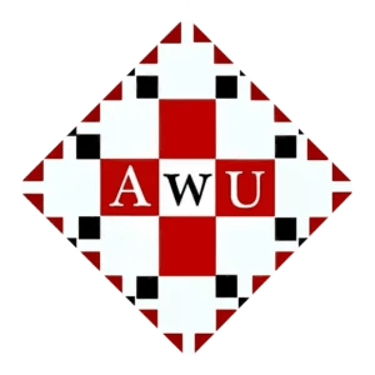
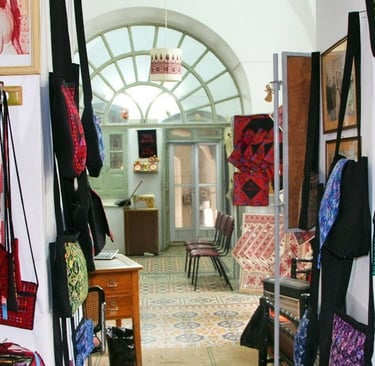
The Embroidery Center
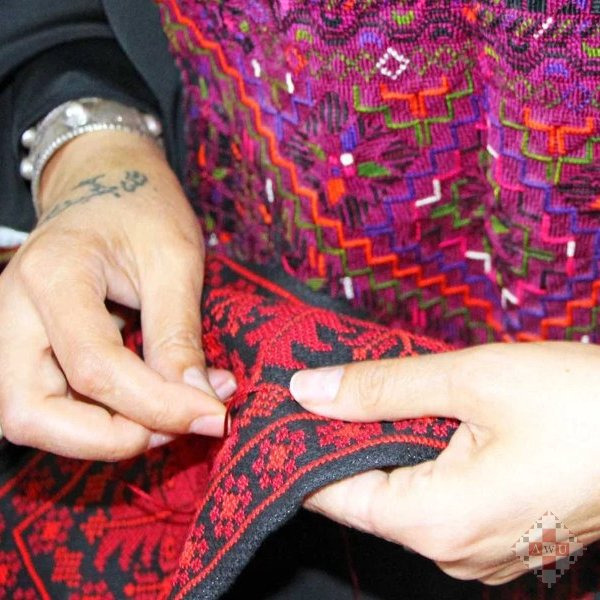

Historical Foundation and Purpose: The embroidery center was established as part of the Arab Women’s Union’s mission in 1972 to provide Palestinian women with meaningful work and income. The center focuses on preserving and teaching tatreez – the traditional Palestinian embroidery art form.
Key Aspects of the Embroidery Center:
1. Traditional Palestinian Embroidery:
Palestinian embroidery, or Tatreez, is a type of cross-stitching that uses bright threads on fabric to create geometric patterns or representations of nature, local flora, and daily life. The embroidery often tells stories of the past and symbolizes family lineage, region, and cultural values.
2. Preservation of Heritage:
The center at Baituna Al Talhami plays a crucial role in preserving and reviving this traditional craft, especially in light of modernization and changing global trends. They aim to ensure that these practices are not lost, and that they remain alive for future generations. The center also provides a platform for local women to learn and master the techniques, allowing them to preserve this vital part of their cultural identity.
3. Empowering Local Artisans:
The Embroidery Center offers a space for local women artisans to create and showcase their work. Many of these women come from Bethlehem and nearby villages and are skilled in the art of embroidery. Through the center, they are provided with opportunities to sell their products, participate in exhibitions, and share their art with visitors from around the world. The work made in this center often includes beautiful clothing, scarves, pillows, and wall hangings, each reflecting the unique patterns that represent the artist’s heritage and region.
4. Workshops and Classes:
The center also organizes workshops and classes where both locals and visitors can learn the art of embroidery. These sessions are a way to keep the tradition alive and encourage cross-cultural understanding by teaching others about the significance and history of Palestinian Tatreez. Participants are introduced to the cultural stories woven into the fabric, making the experience educational and immersive.
5. Cultural Education:
The Embroidery Center at Baituna Al Talhami also acts as a learning hub for visitors to explore the historical significance of Palestinian embroidery. Through displays and exhibitions, the center teaches about the symbolism of each design and pattern, such as the different meanings behind motifs like the pomegranate (symbolizing fertility), the olive tree (representing peace), and the crescent moon.
This Center is located in the same building of the Popular Art Museum. There, after the women are trained, they are given to do the work in their homes. This gives the opportunity for these women to do the work at home, in their leisure time and gives them enough time to take care of their home and children. When the work is done, they come back to the Center and are paid for what was achieved and again are given more work to do. We have one hundred women who come from the villages of Zatara, Tiquoa, Abu Njeim, Dar Salah and others.
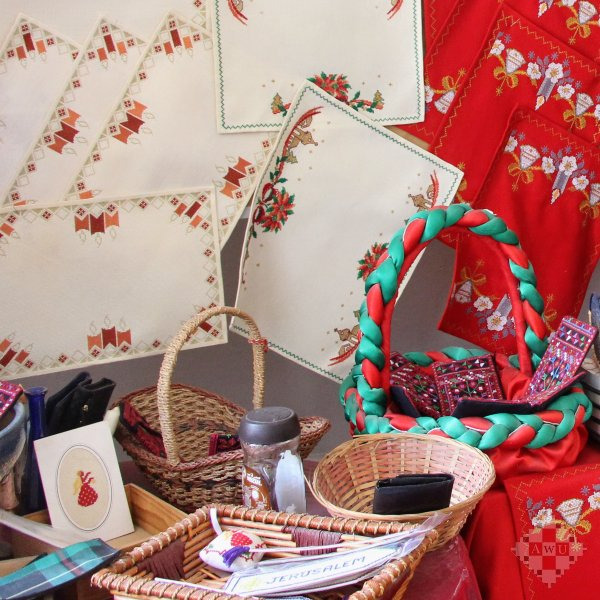

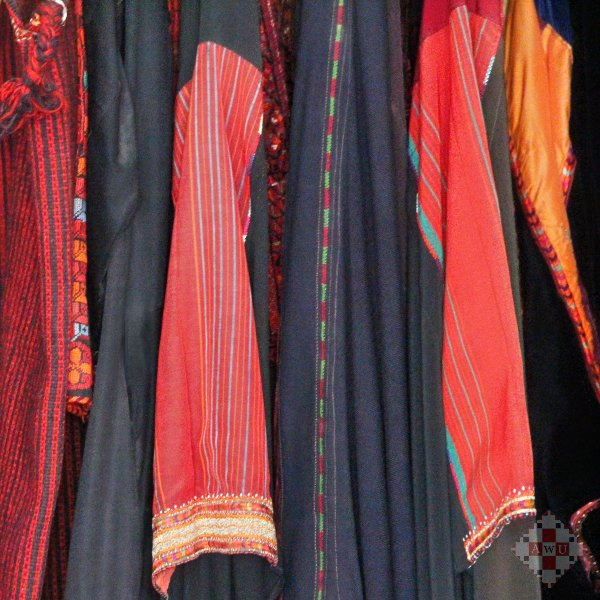

Baituna Al Talhami
Address: Star Street,
west of Manger
Square, Bethlehem.
Phone: 02-2742589
Email Address:
bawu8@hotmail.com
© 2025. All rights reserved.
Contact Us Form
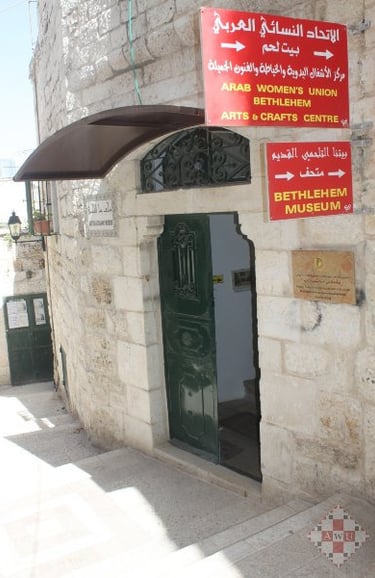

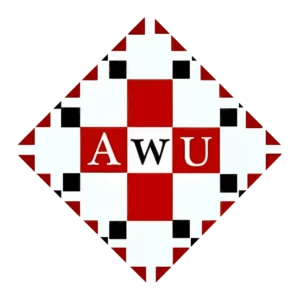

info@bethawu.org
www.bethawu.org
Powered by MENA Links
